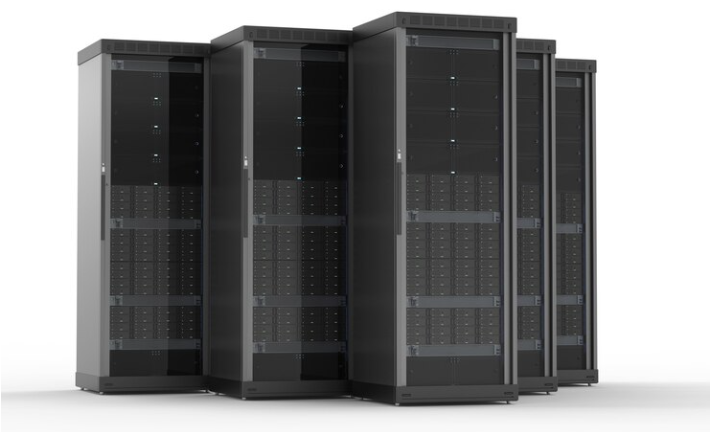In today's world of big data and increasing storage requirements, data storage has become a crucial aspect of modern business. With the advent of modern technologies, three types of data storage have emerged as the most popular solutions - SAN, NAS, and DAS. These acronyms can be confusing for the uninitiated, and professionals often struggle to choose the right storage solution for their specific needs. In this blog, we will demystify these data storage solutions to help you understand the differences between SAN vs NAS vs DAS and assist you in making the right storage decisions.
DAS (Direct Attached Storage)
DAS, or Direct Attached Storage, is the most basic and traditional type of storage. It is a storage device connected directly to the computer via a cable, usually USB or SATA. DAS storage is ideal for small businesses with low storage requirements. This type of storage is typically used for personal computers or small servers that do not require network connectivity or a shared-storage facility. While it is cost-effective, it offers limited scalability, and the maximum capacity of the storage is constrained by the physical limitations of the storage device.
NAS (Network Attached Storage)
NAS, or Network Attached Storage, is a type of storage device that provides storage space over a network. It is an independent appliance with its file system and is connected to the network via Ethernet. This type of storage allows multiple users to access files simultaneously over the network and is ideal for small businesses with limited IT expertise. With easy configuration options, it can be set up with minimal effort. The scalability of NAS is higher than DAS, and it can support a large volume of data. However, the accessibility of NAS depends on the quality of the network.
SAN (Storage Area Network)
SAN, or Storage Area Network, is the most complex and advanced type of data storage. It is a dedicated network that comprises several storage devices with their own controllers, switches, and other infrastructure. It provides a dedicated pool of storage space that can be accessed by multiple servers simultaneously. The biggest advantage of SAN is its high speed and scalability, making it ideal for large business enterprises with significant storage requirements. Moreover, SAN can handle heterogeneous workloads and can support different data types. However, SAN is highly complex and requires meticulous configuration.
Which One to Choose?
Now that we have demystified these data storage solutions, it's essential to understand which one to choose for your business. If your business has simple storage needs, DAS is the best option. It is cost-effective and easy to set up. For businesses with multiple users accessing the same data on the same network, NAS is the ideal solution. If you are an enterprise with a considerable number of servers and data volume, and if your business relies on the speed of data transfer, SAN is the right choice. It can handle multiple workloads and grow with your business needs.
Conclusion
SAN, NAS, and DAS are data storage solutions that cater to different business needs. They have significant differences in functionality, scalability, and complexity. While DAS is a simple and cost-effective solution for small businesses, SAN is a complex network infrastructure with high-speed data transfer capabilities and ideal for large enterprises. On the other hand, NAS storage provides network connectivity with multiple users accessing data simultaneously. Therefore, it's essential to understand the differences and choose the right data storage solution based on your specific needs. This is how you can ensure optimal performance, scalability, and affordability.
